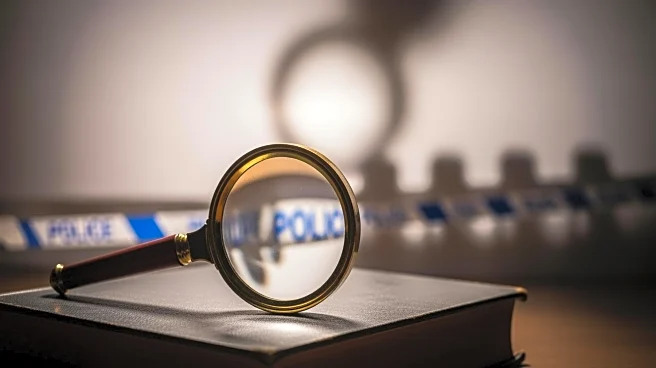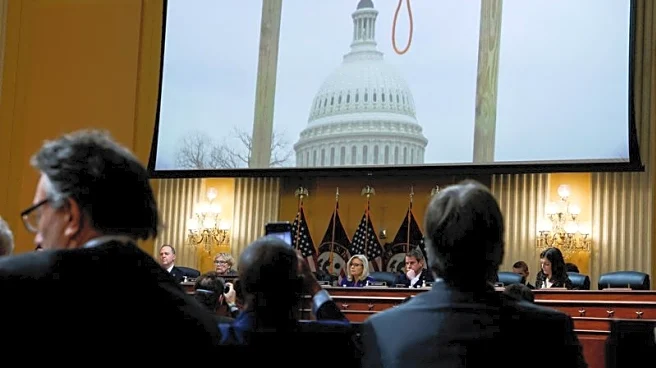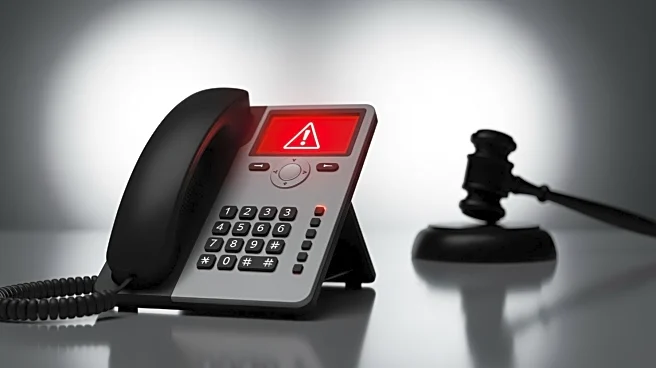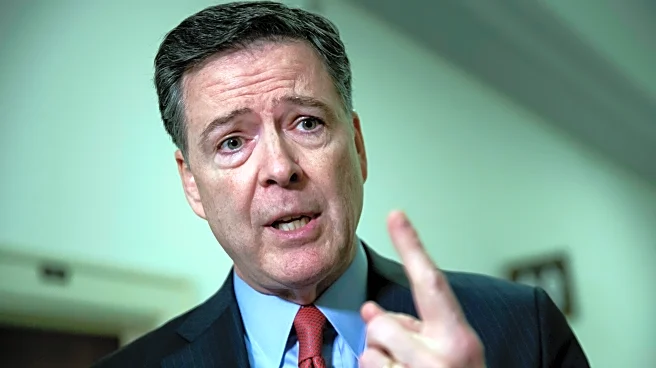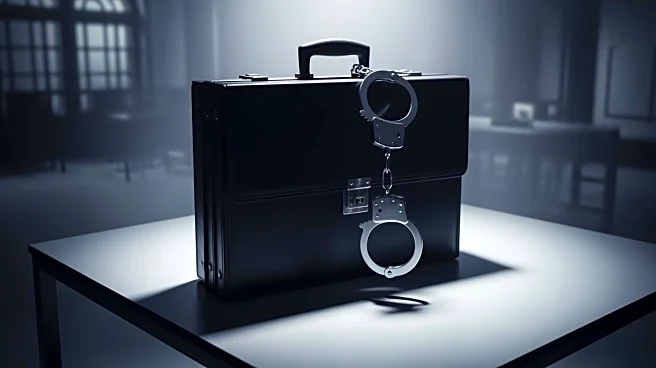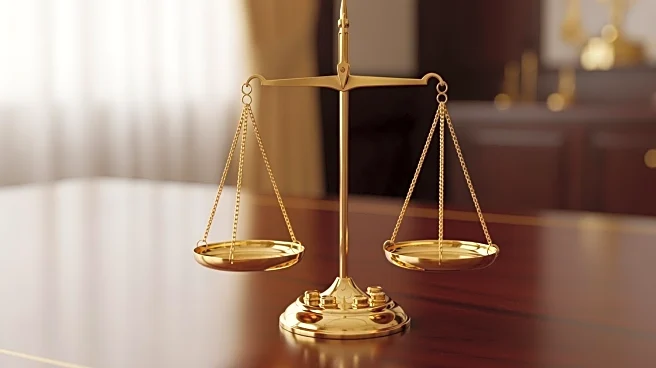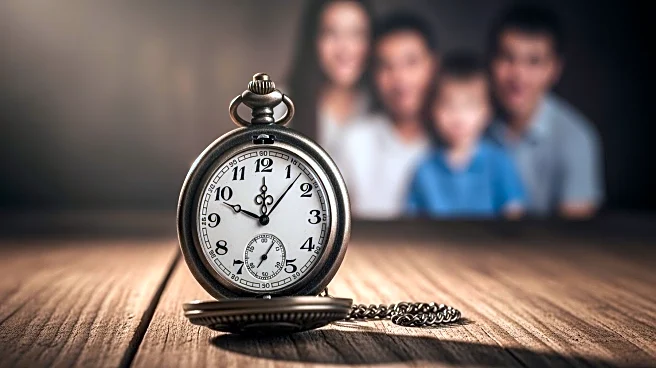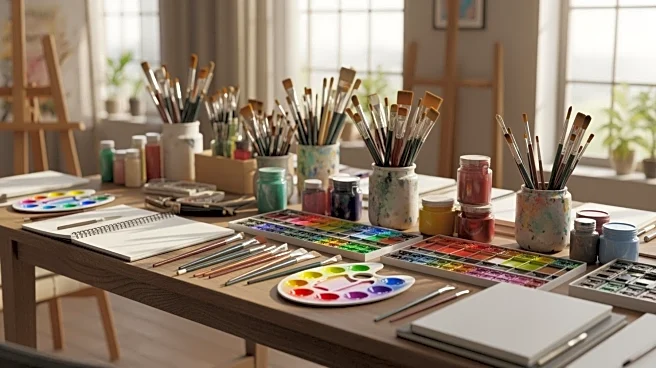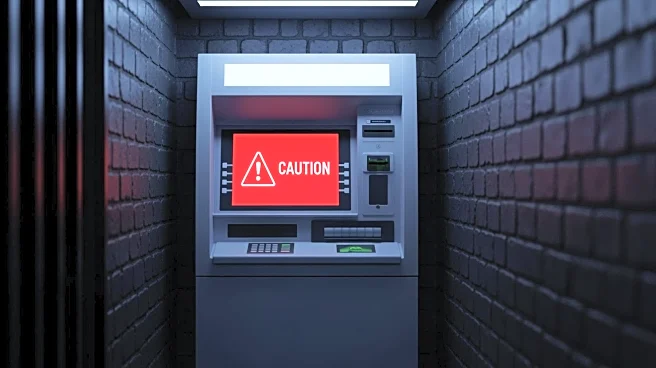What's Happening?
The Dial-A-Poem project, originally launched by poet and performance artist John Giorno in the 1960s, has been adapted for the internet, allowing it to reach a global audience. Initially, the project delivered
random poems over the phone, featuring recordings from poets like Allen Ginsberg and Frank O'Hara. The project gained notoriety and was even featured in the Museum of Modern Art in 1970. Despite scrutiny from the FBI and FCC over indecency complaints, the project continued to grow. Now, under the guidance of Giorno Poetry Systems, the project has transitioned online, maintaining its original interactive spirit. Users can click on an image of a phone on the website to listen to a variety of recordings, including avant-garde music and political speeches.
Why It's Important?
The expansion of Dial-A-Poem to the internet signifies a major step in democratizing poetry and making it accessible to a wider audience. This move aligns with John Giorno's vision of transforming poetry into an interactive experience beyond traditional books and magazines. By reaching a global audience, the project not only preserves Giorno's legacy but also introduces a new generation to diverse poetic voices. This development could influence how art and literature are consumed, potentially inspiring similar projects that leverage technology to broaden access to cultural content.
What's Next?
As the Dial-A-Poem project continues to grow online, it is likely to incorporate more contemporary poets and artists, possibly expanding its collection to include more languages and cultural perspectives. This could lead to increased engagement from international audiences and further collaborations with global art institutions. The project's success might also encourage other art forms to explore digital platforms for wider dissemination.
Beyond the Headlines
The transition of Dial-A-Poem to the internet raises questions about the role of technology in preserving and evolving cultural heritage. It highlights the potential for digital platforms to serve as modern-day archives, ensuring that diverse artistic expressions remain accessible and relevant. This shift also underscores the importance of adapting traditional art forms to contemporary mediums to engage new audiences.


